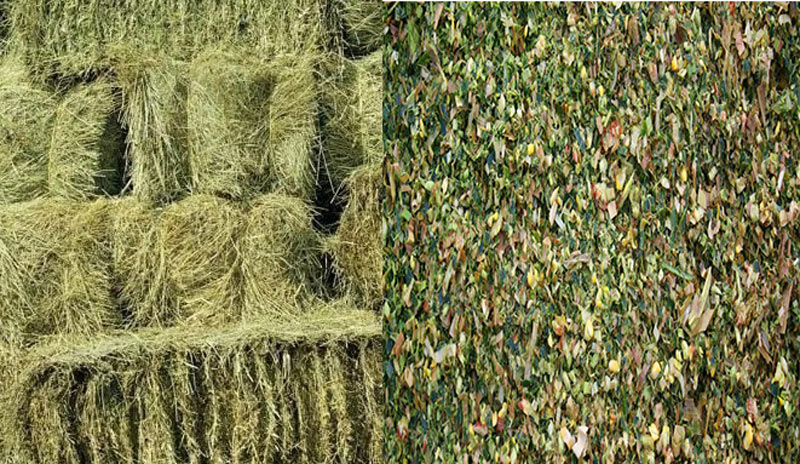×
The Standard e-Paper
Read Offline Anywhere

Silage is fermented, high-moisture stored fodder which can be fed to cattle, sheep and other cud-chewing animals.
What does a farmer require? To prepare your crop for silage, it must be chopped into small sizes. Silage chopping equipment varies from the motor operated by mounting to the tractor drawn models. One of the most important factors when making your choice of forage harvester will be the output expected. Your dealer will assist with the equipment set up and procedures to operate.